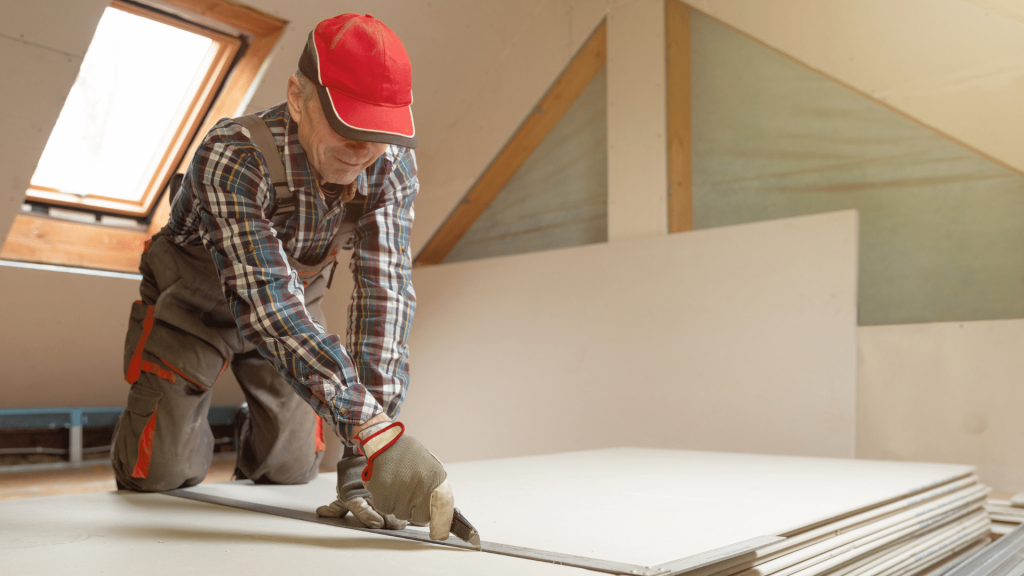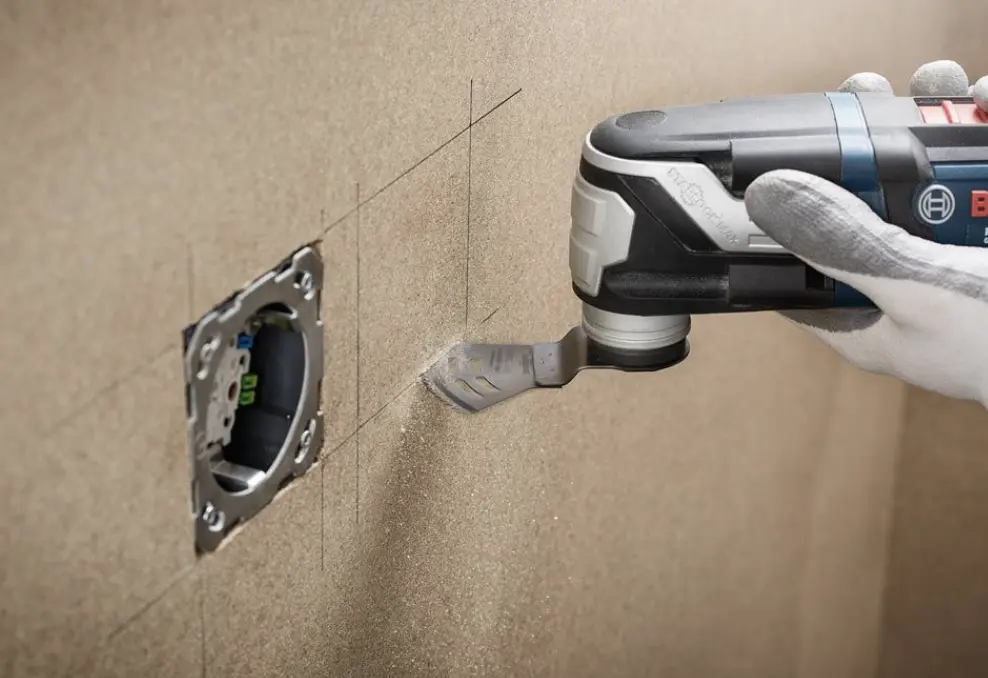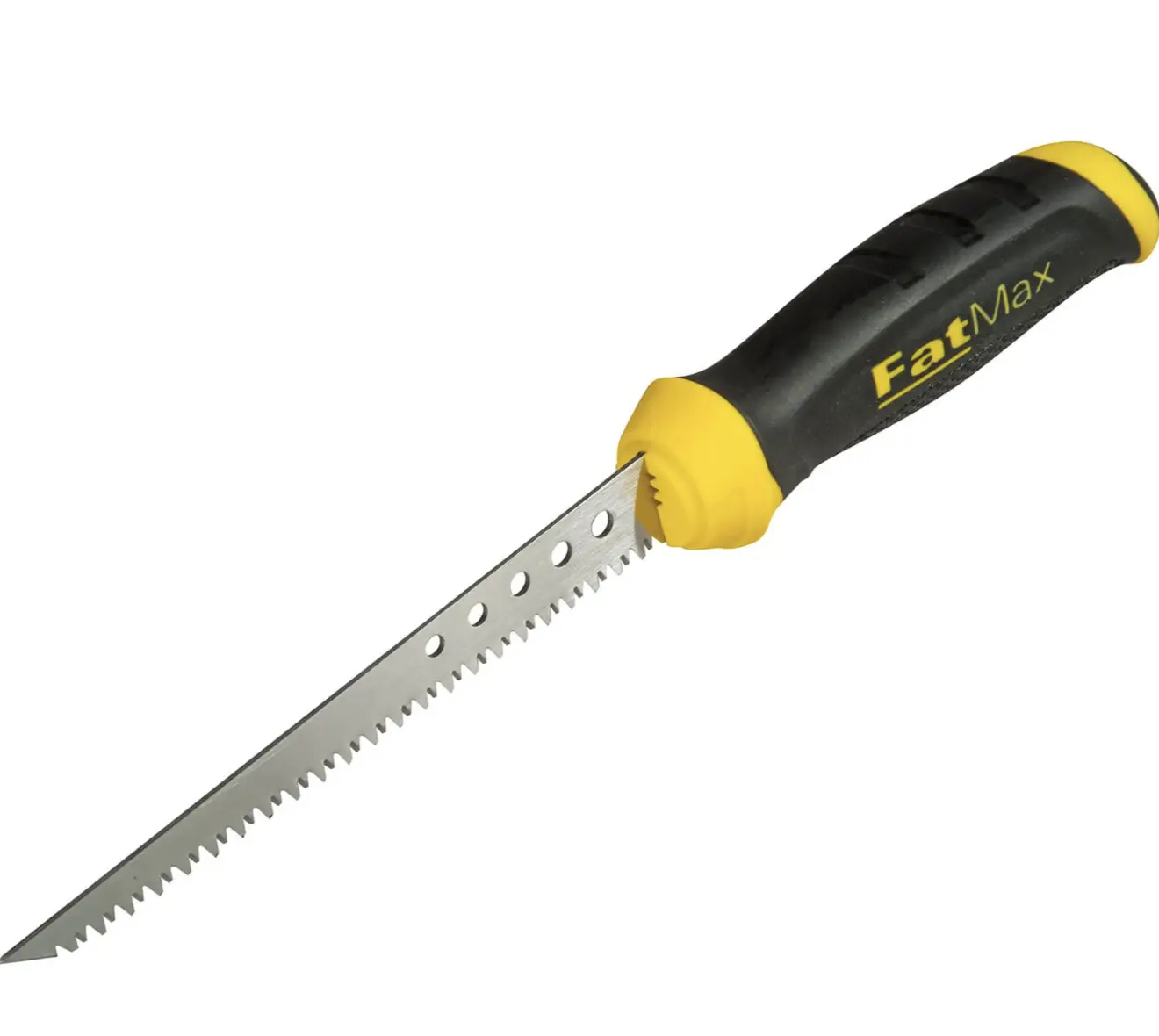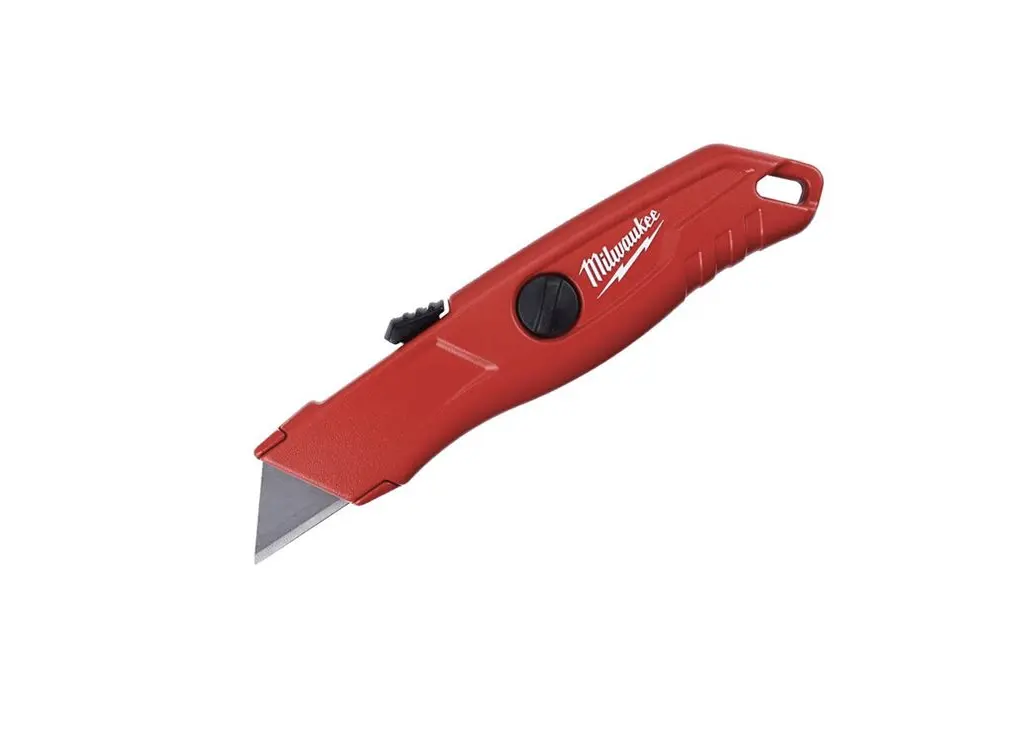
Cutting plasterboard is a necessary task in almost any renovation project. Whether you’re framing an opening in the wall, installing new lighting or creating a custom closet out of existing space, you’ll need to cut plasterboard at some point, and with perfect cutting tools. Whether you own a home or work as an interior designer, there will be times when cutting plasterboard is necessary. Luckily, this material isn’t particularly challenging to cut; it’s just important to follow the right precautions before and while cutting the board. Plasterboard can be prone to splinters or even break if not handled correctly. To make things easier for you, we’ve put together this comprehensive tutorial on how to cut plasterboard like a pro.
A Guide to Using a Screed Board
A screed board is a support board that is used in conjunction with a t-square to help you mark a straight line for cutting. You can also use screed boards to help you cut straight lines when you’re working with large pieces of plasterboard. If you’re working with a screed board, make sure to mark your line on the back side of the board. Since you’ll be cutting against the line that you’ve drawn on the front side, you want to make sure the line is facing the right way! If you’re using a screed board, make sure to mark your line on the back side of the board. Since you’ll be cutting against the line that you’ve drawn on the front side, you want to make sure the line is facing the right way!
Marking for Plasterboard Cutting
When marking the line for a cut, you want to make sure to use a combination square and mark both sides of the board. If you’re cutting a stud, you’ll want to mark the line on the side that’s facing towards the wall. If you’re cutting a joist, you’ll want to mark the side that will be facing out. To mark a line for cutting, place the board that you want to cut on a flat surface. Next, place your combination square against the side of the board that you want to be the outside edge of your cut. Make sure the top edge of the square is flush with the top edge of the board.
Protective Gear
Before you get started with your actual cutting project, you’ll want to make sure to cover yourself with protective gear. This gear includes long sleeves, long pants, gloves and a dust mask. Both wood and particle board (which is made from a combination of wood fibres and paper) can create a lot of dust when cut. This dust can be messy and can cause respiratory problems if not handled properly. If you’re working with a partner, make sure to remind them to wear the same protective gear. You don’t want to be covered while they’re not!
How to Cut Plasterboard with a Saw
When cutting plasterboard with a saw, you’ll want to make sure to use a good-quality blade. When purchasing blades, look for those that are specifically designed for cutting wood and plasterboard. Other tools that you’ll want to have on hand when cutting with a saw include a safety shield, a level and a dust mask. When cutting with a saw, you’ll want to start by inserting the blade just above your mark. If you start below the mark, the blade could hit the screed board and give you an inaccurate cut. Once you have the blade inserted, place the safety shield in front of the blade. Put the level against the first side of the board that you want to cut. Then, slowly push the blade down.
How to Cut Plasterboard with a Rotary Tool
When using a rotary tool to cut plasterboard, you’ll want to start by making sure your tool is on the highest setting possible. This will give you the best chance at cutting the board without burning it. When cutting with a rotary tool, you’ll want to hold the tool perpendicular to the board. If you hold the tool at an angle, you could end up with a jagged or uneven cut. You’ll also want to make sure to wear a dust mask when cutting with a rotary tool. This is because the tool will produce a lot of dust when cutting through the board.
Conclusion
Plasterboard is a common material found in most modern homes, businesses and even in architecture projects. It’s used in walls, floors and ceilings and is a great way to add additional strength and support to a space. Unfortunately for those who need to cut the board, it can be difficult if you don’t know how to do so properly. To make sure you get a clean and accurate cut, it’s important to follow the steps outlined in this article. If you follow the tips and tricks outlined in this article, you’ll be able to cut plasterboard like a pro!



Leave a Reply